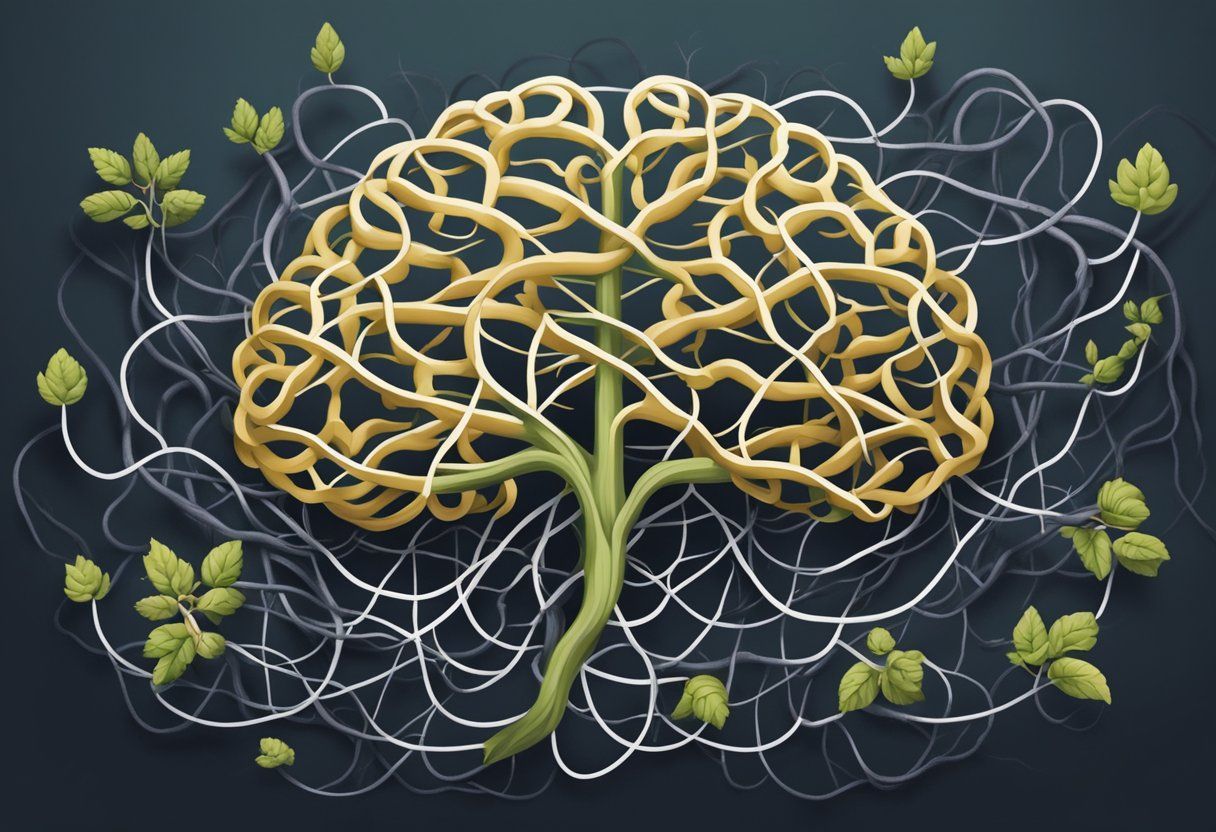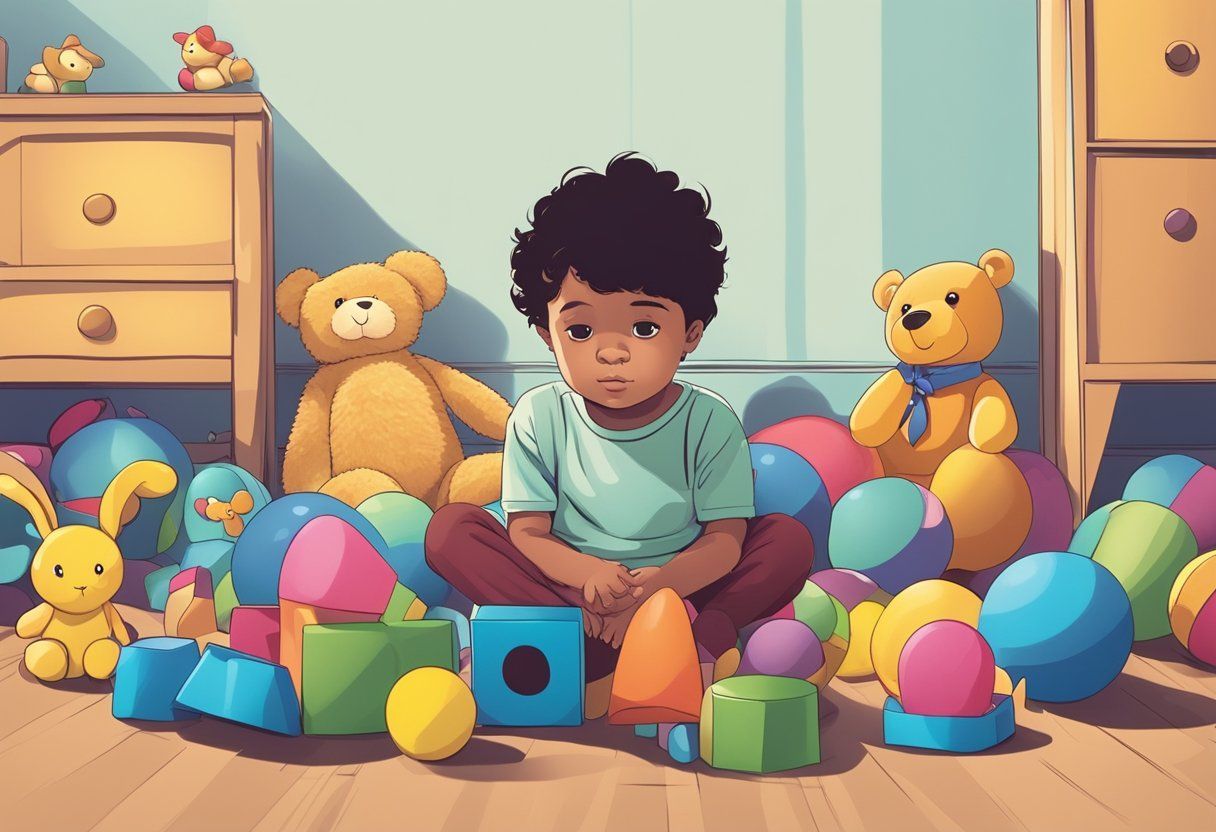BLOG
Categories
Creating a Safe and Predictable Home for the Traumatized Child: A Love-Based Approach
Let’s start with a simple but powerful truth: trauma doesn’t begin at adoption and it doesn’t end there either. The traumatized child brings with them a nervous system shaped by stress—often prolonged, overwhelming, or unpredictable. Your home, then, becomes the critical environment for healing. Not through control or perfection, but through love, safety, and predictability.
Physical Safety: The Nest Matters
Just like a mother bird instinctively builds her nest to protect her young, our job is to build a home environment that sends one clear message to the child’s brain: “You are safe here.” That starts with simple things—secure furniture, safe spaces, soothing lighting. But it’s more than that. It’s about the energy of the space. Is it calm? Is it welcoming?
Carve out quiet corners where your child can retreat and regroup. Not time-outs, but time-ins—places for regulation, not isolation. Let them help you decorate these spaces. Give them ownership. Remember, children who come from trauma need to feel safe before they can be safe.
Emotional Security: The Real Safety Net
Predictability is the antidote to fear. Establish rhythms your child can count on—morning routines, mealtimes, bedtime rituals. These aren’t just schedules. They are neural pathways toward calm. They tell the child’s body, “Nothing dangerous is coming next.”
And don’t forget, when your child is dysregulated, what they need most is you regulated. Your calm is the most powerful tool in your parenting toolbox. That’s not just nice-sounding advice—it’s neuroscience. Your oxytocin calms their cortisol. Your peace makes their fear less sticky.
Create “oxytocin opportunities” every day. Eye contact. Gentle touch. Warm, validating words. It’s not about praising the outcome—it’s about celebrating the effort. “You really tried hard today” carries more healing than “Good job.” Because one reinforces connection. The other just evaluates performance.
Boundaries Are Love
Let me be clear—boundaries are not about punishment. They’re about safety. They’re about helping a child know where they begin and end in a world that’s often felt chaotic and unsafe. But those boundaries must be held with empathy. Firm and loving. Clear and compassionate.
Because at the end of the day, what heals trauma is not structure alone—it’s connection. It’s a parent who says, “No matter what storm you bring, I won’t let go.”
So, breathe deep. Let go of the need to control and lean into connection. Your home isn’t just four walls. It’s the nest that holds your child’s healing.
Trauma-Informed Parenting: Creating Healing from the Inside Out
Let me tell you something that might shift your entire parenting journey: trauma is not what happens to the child—it’s what happens inside the child. Trauma reshapes the nervous system. It rewires the brain. It hijacks development. And most importantly—it isn’t about what we think is traumatic. It’s about what the child experienced as overwhelming, unpredictable, or prolonged.
This is why trauma-informed care isn’t a checklist or technique. It’s a lens. A mindset. A commitment to love deeper when fear is loudest.
Understanding Trauma: More Than a Diagnosis
You see a child who’s withdrawn, angry, or terrified—and you think, “What’s wrong with them?” But a trauma-informed lens asks, “What happened to them?” PTSD, anxiety, depression—these are just the names we give to the stress that hasn’t found a way out yet.
What your child needs is not for you to fix them—but to see them. Really see them. To understand that their behavior is not about defiance. It’s about survival.
And when you understand that, everything shifts. Your expectations soften. Your empathy grows. And suddenly, you're no longer reacting to the behavior. You’re responding to the pain underneath.
Implementing Trauma-Informed Parenting: What Love Looks Like in Practice
Trauma-informed parenting means you become a source of regulation—not reactivity. You stay steady even when the storm hits. You create routines—not rigidity. Boundaries—not barricades.
Here’s what that looks like:
- You listen more than you lecture.
- You validate more than you correct.
- You invite rather than demand.
You involve your child in decisions—not because you’re giving up control, but because you’re giving them back their voice. And when a child who’s lived in fear begins to feel a sense of control—that’s when healing begins.
Support isn’t just about therapy appointments or checklists. It’s about you. Your presence. Your patience. Your softness in the face of stress. Your belief that even in their darkest moment, they are worthy of love.
Final Thought: It’s Not About Perfection—It’s About Connection
Trauma-informed parenting isn’t about getting it right every time. It’s about staying in the relationship, even when it’s hard. It’s about being the one thing your child never had: a consistent, calm, loving presence.
Because the truth is, the most powerful trauma intervention is not a therapist’s office or a medication. It’s you. Regulated. Connected. Loving.
You are the medicine.
Mental Health, Self-Regulation, and Mindfulness: Supporting Healing from the Inside Out

Let’s be honest—raising a child who’s been impacted by trauma isn’t easy. It requires patience, presence, and most importantly, a commitment to healing—not fixing. That healing starts with mental health support and grows through emotional regulation and mindful living.
Mental Health Isn’t a Luxury—It’s a Lifeline
Your child didn’t choose their pain. But they can heal through relationship, safety, and sometimes, professional help. A skilled therapist can help unlock the doors that trauma has sealed shut. Whether it’s a child psychologist guiding them through unresolved grief, or a family therapist helping you all learn to speak a new language of connection—mental health support is not about what’s wrong with your child. It’s about what’s happened to them—and what we’re going to do about it together.
And when you, as the parent, sit in that therapy room—fully present, fully committed—it sends a powerful message to your child: I’m with you. No matter what.
But here’s the key—therapy isn’t just once a week in an office. It’s daily, in your home. It’s in the way you listen. The way you wait instead of react. The way you show up, over and over again.
Teaching the Brain to Feel Safe: Self-Regulation as a Superpower
Children from hard places often live in a body that doesn’t feel safe—even when they are safe. That’s what trauma does. It wires the nervous system for danger. So, we have to help them rewire it—gently, consistently, lovingly.
You do that by teaching self-regulation—not through punishment or pressure, but through practice. Create a calm-down space in your home—not a place for timeout, but a place for tuning in. Fill it with sensory items, journals, or sketchpads. Make it a refuge, not a rejection.
Teach your child to name their feelings. Give them permission to pause. And most of all—praise the process. “I saw how you took a deep breath just now. That’s powerful.” You’re not just building skills—you’re building belief in themselves.
Mindfulness: Healing in the Moment
Mindfulness isn’t about sitting cross-legged and humming in silence. It’s about presence. Helping your child feel what’s real right now—not what happened then, or what might come next. Trauma pulls children into the past or throws them into the future. Mindfulness brings them back home.
Start simple. A few deep breaths before dinner. A gratitude moment at bedtime. A short guided visualization in the morning. These are not just calming exercises—they are neurobiological resets.
And don’t forget—your child learns mindfulness by watching you. If you can model regulation, if you can breathe when you want to yell, if you can pause when you feel triggered—that’s the deepest teaching of all.
Final Thought: You Are the Healing
Remember, trauma didn’t happen in isolation—it happened in relationship. So healing must happen in relationship too. Whether through therapy, calm spaces, or mindful moments, you are the anchor. Your presence, your love, your belief—they are the medicine.
So keep showing up. Keep breathing. Keep loving. Even when it’s hard.
Because healing isn’t a destination. It’s the journey you walk together.
Helping Traumatized Children Learn: Creating Safe, Loving Spaces for Growth

When it comes to education, children who’ve been impacted by trauma don’t just need a place to learn—they need a place to feel safe. A place where their brains can shift from survival to curiosity. A place where love walks into the classroom before any lesson plan ever does.
Redesigning the Learning Space for Healing
A child who’s lived in fear isn’t just sitting in a chair—they’re often sitting in hypervigilance. That’s why structure and predictability are so powerful. They’re not about control. They’re about safety.
Create routines that feel like rituals—familiar, calming, and consistent. From how the day starts to how transitions are handled, predictability soothes the stress-driven brain.
And always—always—make room for regulation. A quiet corner with soft lighting, comforting textures, maybe even a favorite book. Not as a punishment or a place to be sent, but as an invitation: “It’s okay to pause. It’s okay to breathe.”
Work hand-in-hand with your child’s educators. Build bridges. Share what works at home and what doesn’t. Because healing happens best when there’s connection across all spaces—and trauma doesn’t take a break when school starts. Neither should love.
Teaching the Heart: Social-Emotional Learning for Resilience
Real learning starts with emotional safety. That means helping kids know themselves and feel seen by others.
Bring feelings into the lesson plan. Talk about emotions through stories. Role-play setting boundaries. Use group work not just to teach cooperation—but to grow connection.
Incorporate mindfulness into daily transitions. A few deep breaths. A stretch. A quiet moment before a quiz. These aren't distractions—they’re brain training. They help turn the volume down on fear and bring the nervous system back to balance.
And when a child says, “This is hard,” let them be heard. Let them be held in that space. Because when a child feels safe enough to speak their truth, and they’re met with, “I’m here,”—that’s healing in action.
Wraparound Services: The Power of a Unified Circle
Sometimes, helping a child heal requires more than a classroom and more than a therapy office. Sometimes, it takes a whole team. That’s where Wraparound Services come in.
Wraparound is a compassionate, family-driven approach that unites educators, caregivers, therapists, and community supports into one cohesive circle of care. It brings healing into alignment—across all spaces a child inhabits.
It’s individualized. It’s relational. And it’s deeply rooted in love.
To see how this model supports Helping Traumatized Children, explore the intentional strategies that wrap around the child’s emotional, educational, and therapeutic needs—turning isolation into connection and struggle into support.
Because love isn’t a one-person job. Sometimes it takes a circle. Sometimes, it takes Wraparound.
Fostering Healthy Relationships and Community Ties: Building a Circle of Safety for Traumatized Children

When a child has experienced trauma, their world feels unsafe, unpredictable, and disconnected. Healing doesn’t happen in isolation—it happens through relationship, through routine, and through the deep-rooted belief that they belong. That’s the work of family. That’s the gift of community.
Safe Families Start with Safe Relationships
A child’s first template for love comes from home. But for a traumatized child, that blueprint is often torn. That’s why positive parenting isn’t just helpful—it’s healing.
Every time you listen without interrupting… every time you hold space instead of reacting… every time you say, “I’m here,” when their behavior screams for attention—you’re re-teaching their brain what safety feels like.
So start small:
- Read together.
- Eat together.
- Create simple rituals—a walk after dinner, a story before bed.
Let your presence be the promise: you are safe here.
And remember—trauma delays emotional development. Be patient. What may seem like resistance is often fear. What looks like defiance might be dysregulation. Your consistent, compassionate presence teaches them how to feel, how to trust, how to relate.
That’s where healing begins.
Communities That Care: Healing Beyond the Home
You’re not meant to do this alone. Children from hard places—and the families who love them—thrive in community.
Reach out to local organizations rooted in trauma-informed care. Join parent support circles. Find therapists who speak the language of stress, not shame.
But healing isn’t always clinical—it’s relational.
A soccer team. A youth art class. A mentoring program. These spaces give children safe peer connections, outlets for expression, and a sense of belonging that trauma often steals.
Let your child explore their gifts—and their limits—in group settings that affirm who they are becoming.
And always ask: Who else can be on this healing journey with us?
Understanding Systems, Navigating with Compassion
The foster care and juvenile justice systems are often misunderstood. But when navigated with compassion and curiosity, they can offer lifelines of support.
Attend local trainings. Learn the language. Connect with caseworkers who care. Ask the hard questions with a soft heart.
Whether your child is currently involved in these systems or not, being informed empowers you to advocate effectively—and keeps you anchored in love rather than fear.
Public health and education agencies often offer workshops, grants, and mentorship opportunities. These aren’t just resources—they’re reinforcements for your family’s healing path.
Final Thought: You Are the Center of Their Circle
You don’t need to have all the answers. What your child needs most is you—regulated, open, and committed to walking this path, day by day.
Build the bonds. Call in your community. Learn the systems. And never forget: one connected, loving adult can change the trajectory of a child’s life.
You are that adult.

Frequently Asked Questions
How can you support a child's education if they've experienced trauma?
It's important to keep a consistent routine for the child.
Communicate regularly with teachers to stay informed on your child's progress.
Consider providing additional resources like tutoring or counseling if needed. Encourage participation in positive activities to boost their confidence.
What are common behaviors exhibited by children who have suffered trauma?
Traumatized children may show signs of anxiety, withdrawal, or aggression. They might have trouble concentrating or experience sleep disturbances.
Some children could exhibit regression in behaviors, such as bedwetting or clinginess.
What are the signs that a child may be suffering from emotional trauma?
Signs include frequent nightmares, poor academic performance, or drastic changes in behavior.
The child may also appear more anxious or depressed.
Look out for self-destructive behaviors or reluctance to engage in normal activities.
What strategies are effective for addressing a child's trauma at home?
Offer a stable and predictable environment.
Encourage open communication and active listening.
Validate the child's feelings and provide reassurance of safety. Introducing calming techniques like breathing exercises can also be beneficial.
How can parents and guardians establish emotional safety for children?
Create a supportive home environment by being present and approachable.
Acknowledge the child's emotions without judgment. Use positive reinforcement to build trust and connection.
Set and maintain clear boundaries to foster security.
What are practical steps to take in managing a child's trauma-related behaviors?
Positive behavior management techniques include setting clear expectations and using a calm, firm voice.
Redirecting negative behaviors to positive activities and establishing a rewards system can help.
Seek professional help if the behaviors become difficult to manage.
RECENT POSTS



Bringing and keeping families together!






